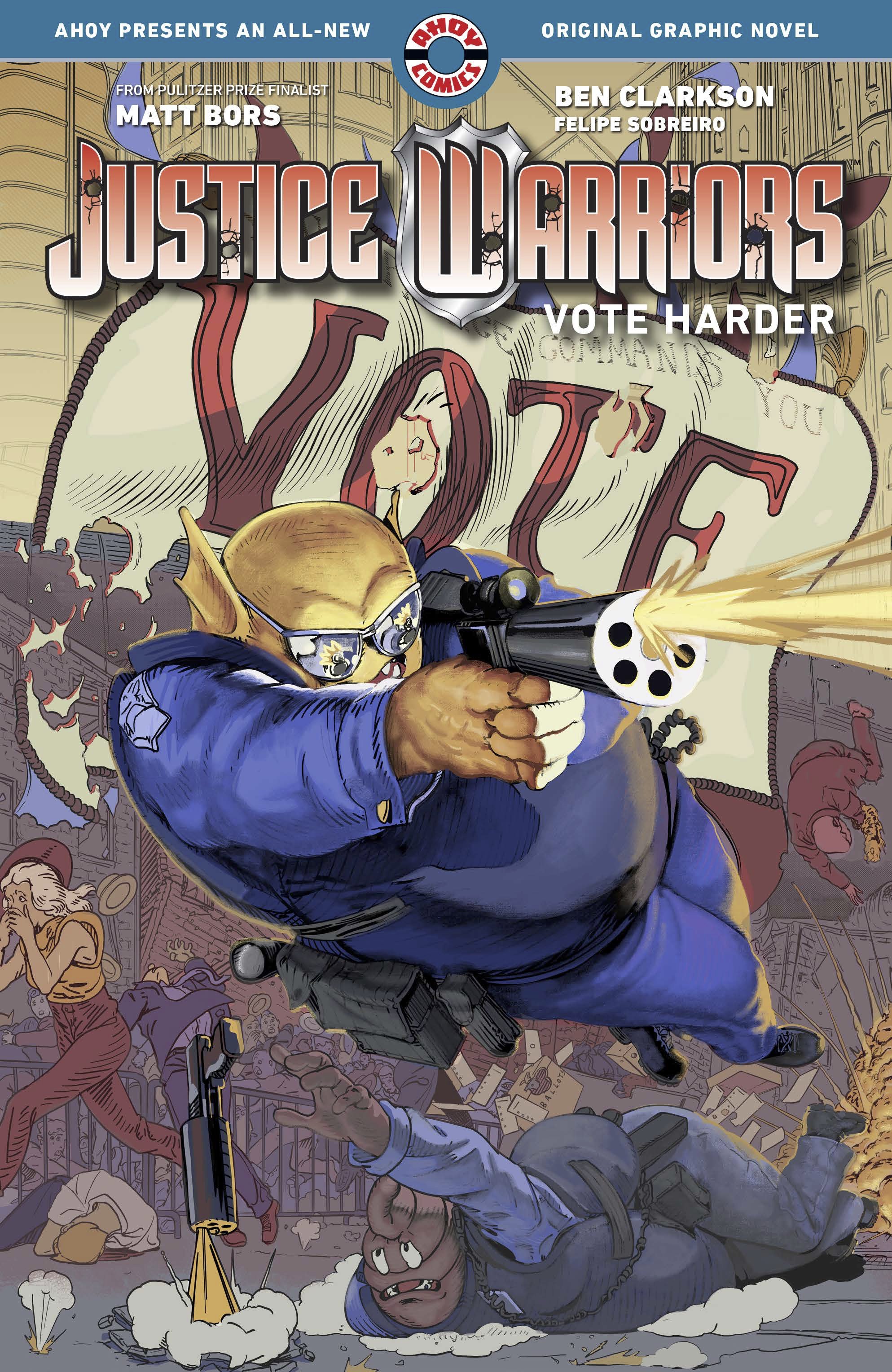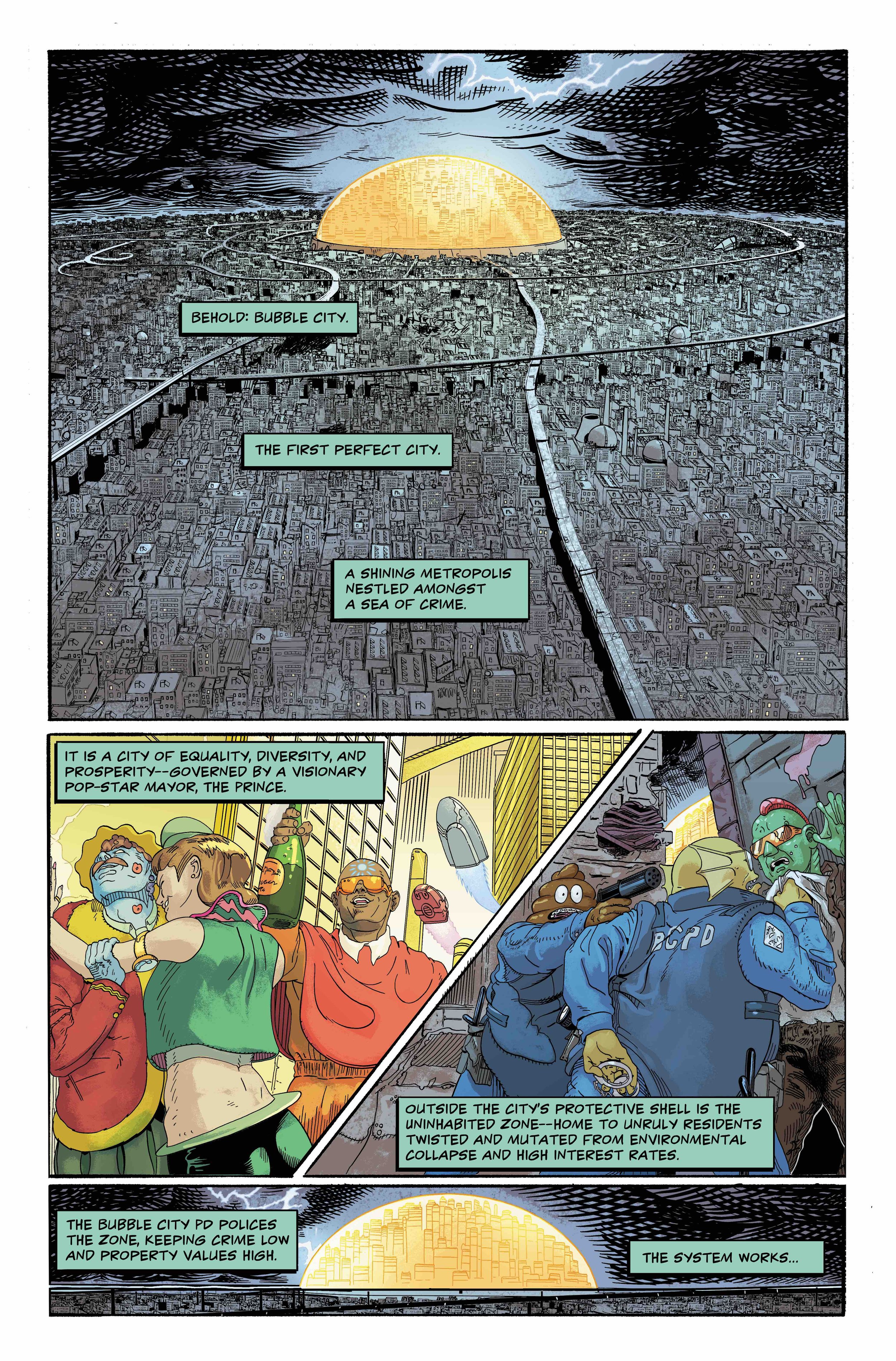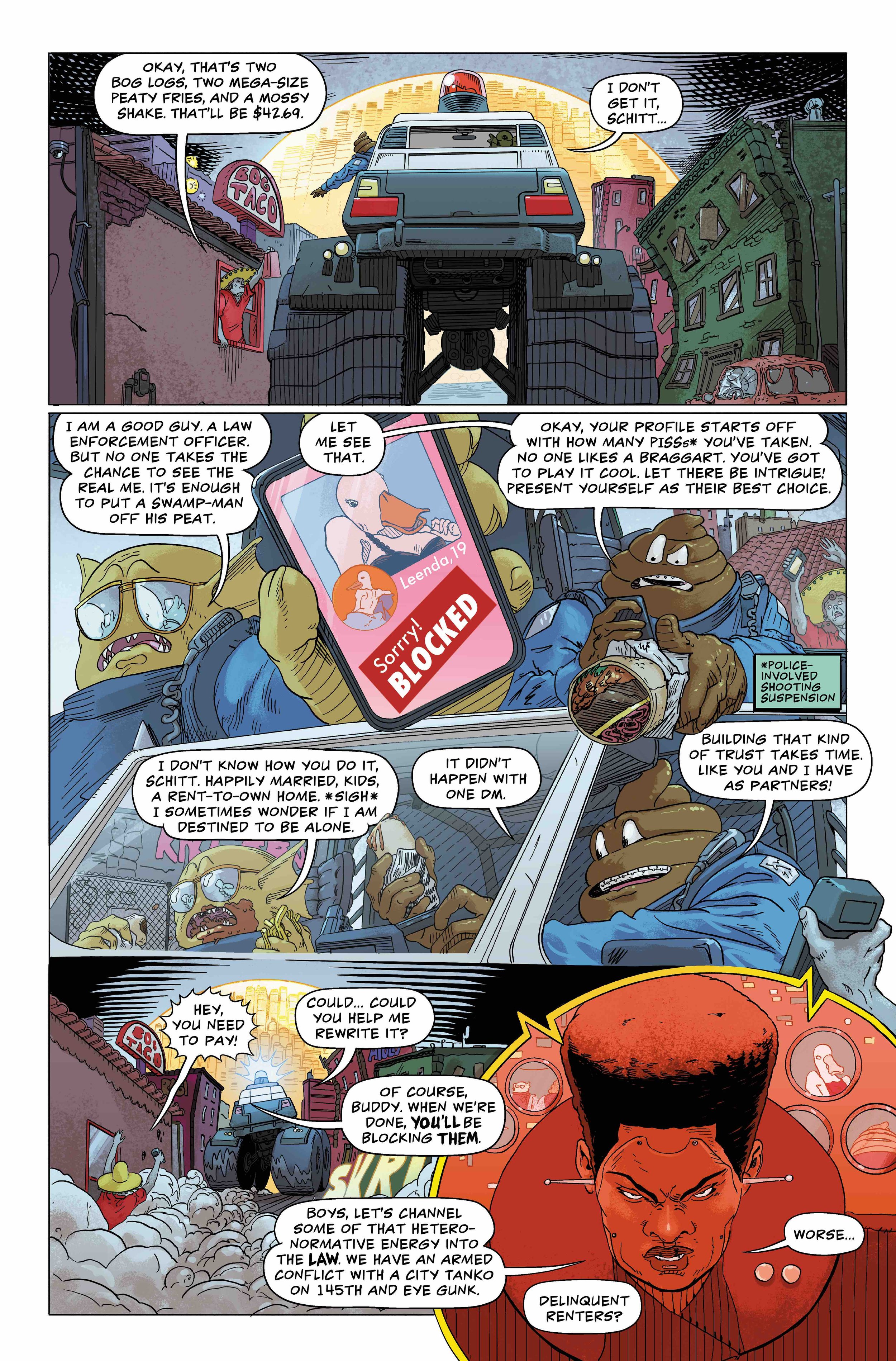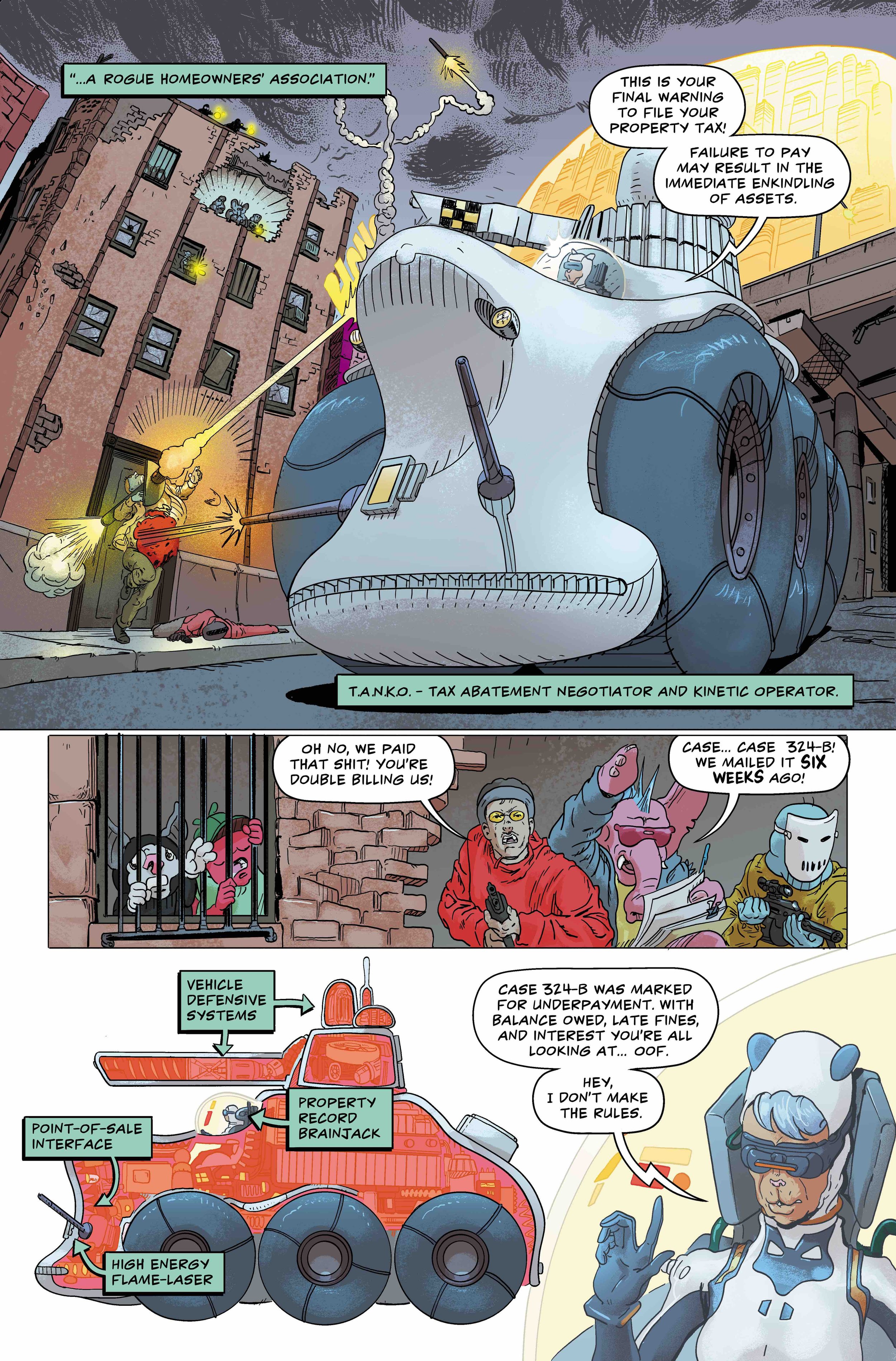Bowling With Corpses and Other Strange Tales From Lands Unknown
is an Anthology of Folklore-inspired Fantasy Stories, Written and Drawn by Mignola,
Colored by Dave Stewart and Lettered by Clem Robins
That Introduces a Shared Universe of Stand-Alone Stories Created by Mignola and Stenbeck
Thirty years after Mike Mignola created Hellboy, the legendary cartoonist is introducing readers to a brand new shared universe, created with frequent collaborator Ben Stenbeck, the writer/artist of the acclaimed series Our Bones Dust. In December, Dark Horse Comics will publish Bowling With Corpses and Other Strange Tales From Lands Unknown, an anthology of folklore-inspired fantasy stories written and illustrated by Mignola, coloured by Dave Stewart, and lettered by Clem Robins. The book will be the first publication from Curious Objects, Mignola’s new imprint at Dark Horse and will set the stage for more weird, wicked, and whimsical stories in the “Lands Unknown” universe from Mignola and Stenbeck.
In Bowling With Corpses and Other Strange Tales From Lands Unknown, the stories are fantastical, odd and charming — from a search for the beating heart of a long-dead sorcerer, to a pirate girl who makes a deal with the devil, to the titular boy who wins a grim prize in a game with undead interlopers.
“It all started with an Italian Folktale about a boy who goes bowling with corpses,” said Mignola. “I fell in love with the story as soon as I discovered it but I wanted to play fast and loose when adapting it, so I created a whole new world. Not TOO different than our world a few centuries ago, but with a lot more gods and monsters. Once I created that world new characters and stories just started pouring out of it. There is a whole lot to play with here and I expect to be at it for a very long time.”
few years now Mike has been emailing me designs and pages and ideas and maps and lists of place names for this world, and his enthusiasm for this project is indomitable and infectious,” said Stenbeck, who will be writing and drawing other, unannounced future Lands Unknown comics. “So often my reaction to these emails is ‘that's great Mike! But I still have two books to draw before I can even move on to this work!’ and then I find myself taking three days off to write a new story. Luckily Mike likes my stories. My first project is set far off in a distant corner of this world. That way I can't bump into anything Mike is doing and make a mess. Spoiler...it will have monsters in it.”
In addition to the Hellboy Universe he created three decades ago, Mignola has co-created the Outerverse Universe with New York Times bestselling novelist Christopher Golden, co-created a series of eerie and off-kilter Victorian-style gothic mysteries with Warwick Johnson-Cadwell, starring Professor J.T. Meinhardt, Mr. Knox, and Ms. Mary Van Sloan, and recently co-created Radio Spaceman with Greg Hinkle and Leonide the Vampire with Rachele Aragno. In addition to his work on the Hellboy and Outerverse universes, Stenbeck’s writer-artist debut Our Bones Dust has generated widespread acclaim.
Bowling With Corpses and Other Strange Tales From Lands Unknown is a 112-page hardcover that will be released in bookstores on December 3, 2024 and in comic shops on December 4. Follow Dark Horse Comics on social media for more news, announcements, and updates.










